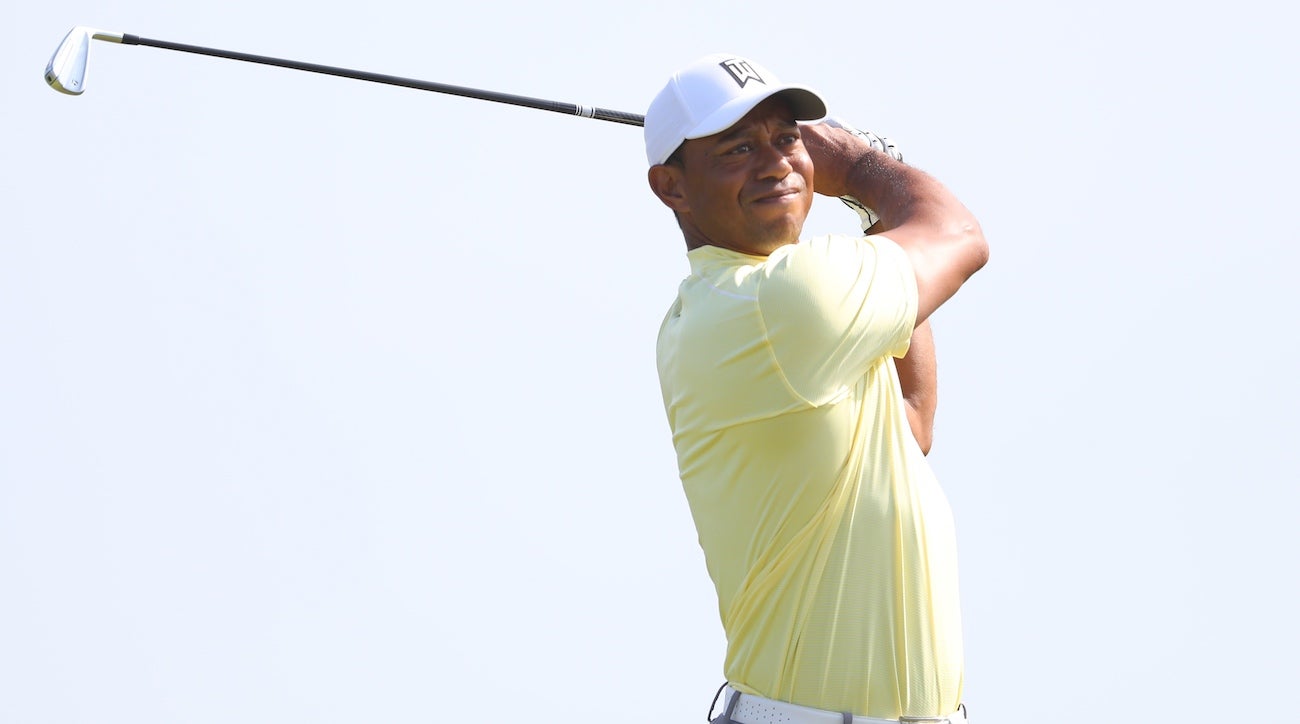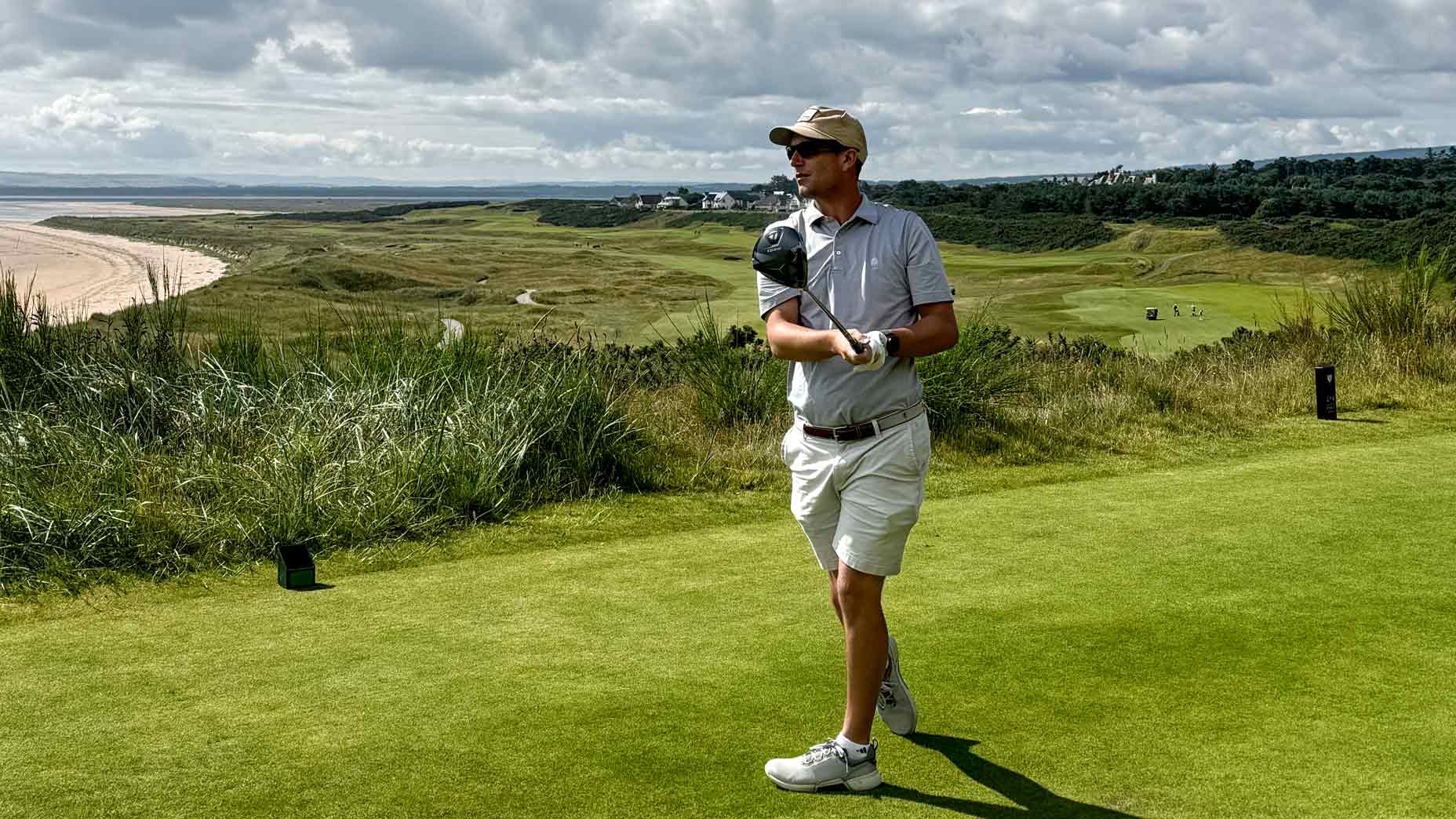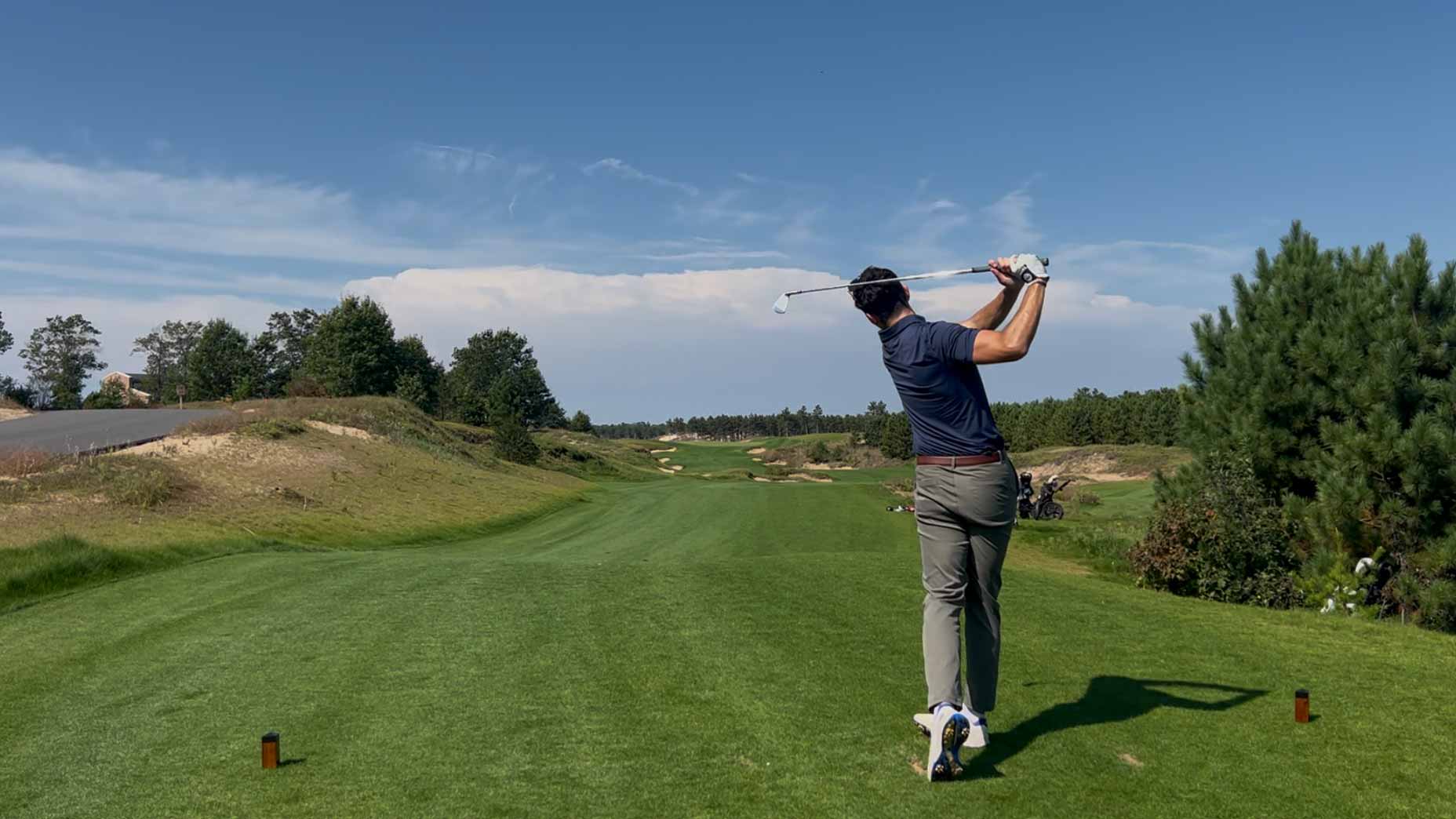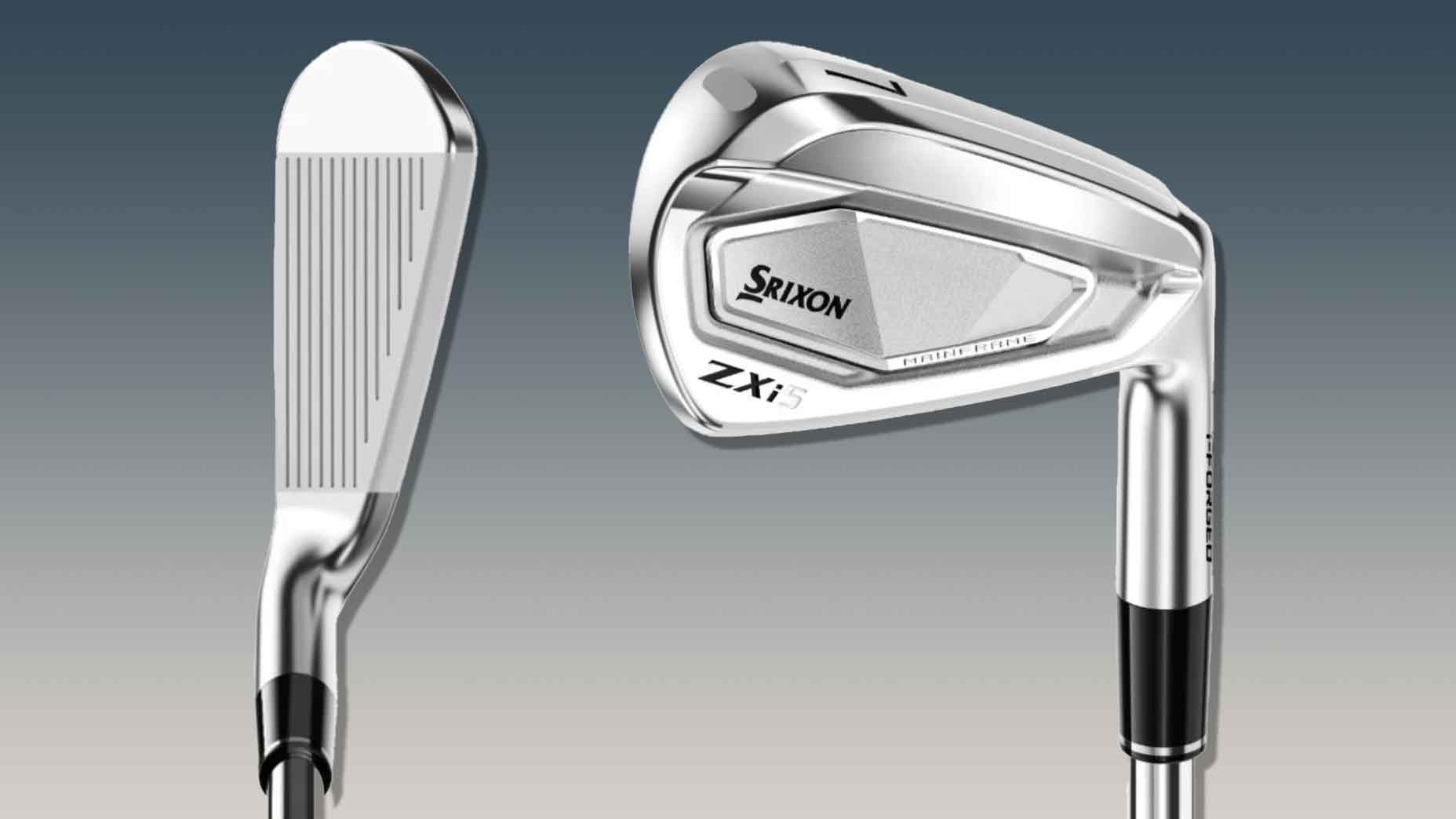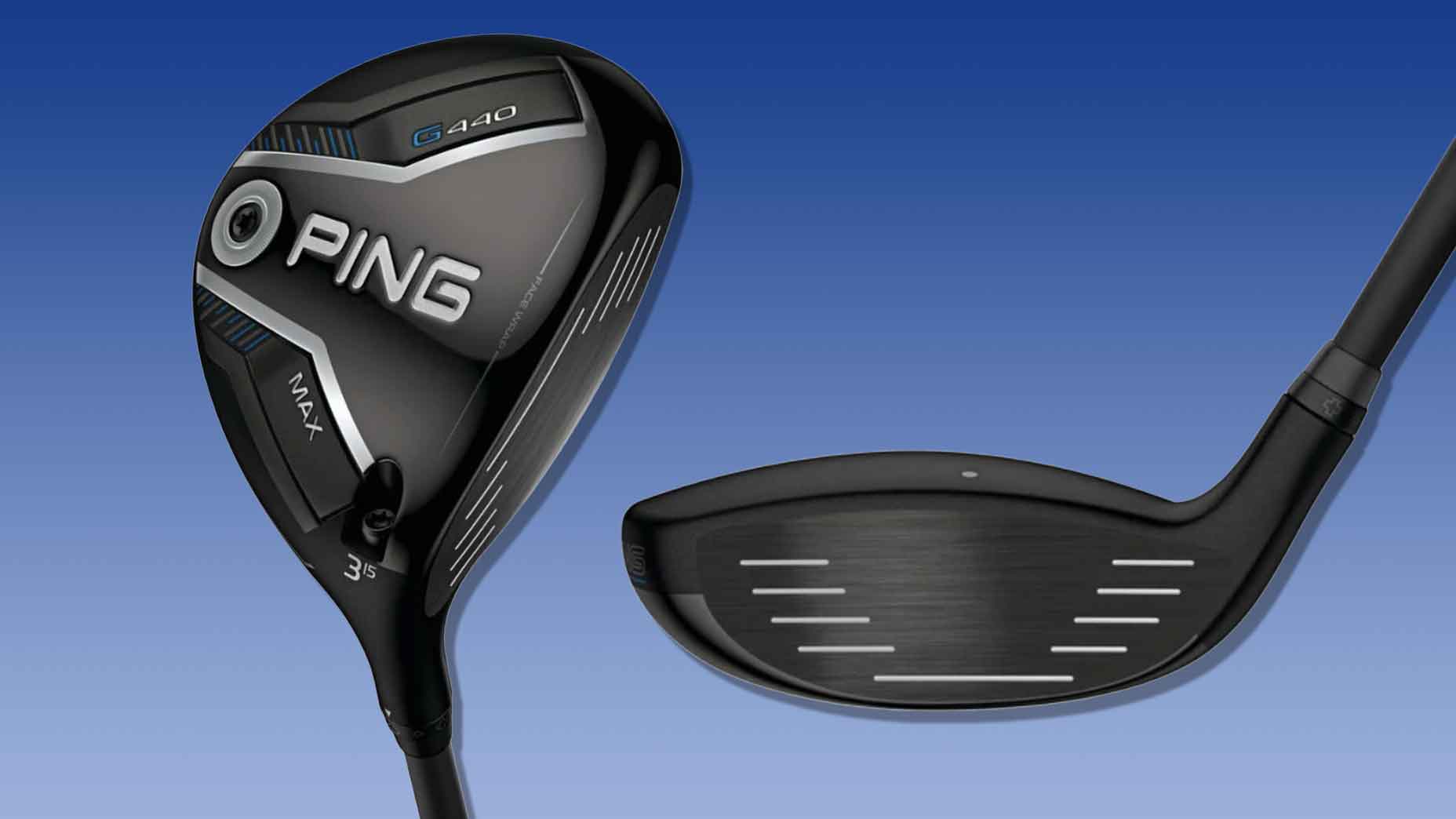 The year’s best-selling fairway wood offers distance and forgiveness
The year’s best-selling fairway wood offers distance and forgiveness
Yo, Gear Guy! Should I consider multiple club setups?

Welcome to another edition of Yo, Gear Guy!, an interactive GOLF.com series in which our resident dimplehead (a.k.a., GOLF’s deputy editor of equipment, Mike Chwasky) fields your hard-hitting equipment questions. This week, he discusses whether recreational golfers need multiple club setups like the pros.
Brian on Instagram: Some players changed their gear for the Open Championship. Should I consider multiple club setups?
If you’re planning on making a run at the Open next year (Sandwich can be tricky when the wind kicks up), I’d say you might want to have a links set up in addition to your standard clubs. But, generally speaking, you probably don’t need multiple options in your bag.
There are a lot of variables when it comes to building a properly fit set of golf clubs, but the primary concern should be filling distance gaps as efficiently as possible with clubheads and shafts (among other things) that allow you to achieve optimum launch and spin with each club in your bag. And for those of you wondering, yes, putters create launch and spin and need to be fitted as well. So, if you accomplish this task effectively you really don’t have much to gain in most situations by changing anything. However, there are some situations where it actually could be a good idea.
The places to consider club substitutions are the high and low ends of the set. This is because wedges with different sole designs will perform differently in firm or softer conditions, and, depending on the course design, it might be advantageous to exchange a long iron for a hybrid or extra fairway wood, or vice versa. For example, I typically carry an 18-degree hybrid that functions like a versatile 2-iron and plays almost equally well off the tee or fairway. However, it provides a mid-low trajectory from most lies and does not lend itself well to courses that require long carries where the angle of descent needs to be steep to hold the green. Recently I was visiting Titleist’s facility in Oceanside, Calif., and the fitter I was working with suggested a 21-degree TS2 fairway wood (7-wood), which I immediately scoffed at. I’m not that slow a swinger, and I don’t like fairway woods in particular, but I took his advice, and after strengthening the loft to 20-degrees, the club was providing equal or better carry distance than my 18-degree hybrid with a much higher trajectory, more forgiveness, and a much steeper angle of descent. This club is definitely going in my bag in the near future and will probably be in a platoon situation with my hybrid depending on the layout.
ADVERTISEMENT
When it comes to wedges, I’ve had the same scenario take place – I normally play Callaway’s MD4 W Grind on both my 54- and 60-degree wedges, as I’ve always preferred a wider sole with a bit more effective bounce. However, on a recent trip to Bandon Dunes where fairway lies tend to be a bit tight, I substituted an S Grind (standard grind) 54-degree model for my W Grind, anticipating I would benefit from having at least one wedge with a bit narrower, lower bounce sole. And as it turned out I wound up relying on the S Grind model for most greenside shots as it delivered superior turf interaction in almost all situations on the courses I was playing.
I would also add that I mostly played Titleist’s AVX rather than the Pro V1 or other Tour ball due the lower spin and trajectory it provides in the wind. It gave me what I felt was superior control of my iron shots into what were often 20 mph winds. So, in some cases changing your ball, though not normally recommended, can be an option as well.
To receive GOLF’s all-new newsletters, subscribe for free here.
ADVERTISEMENT

